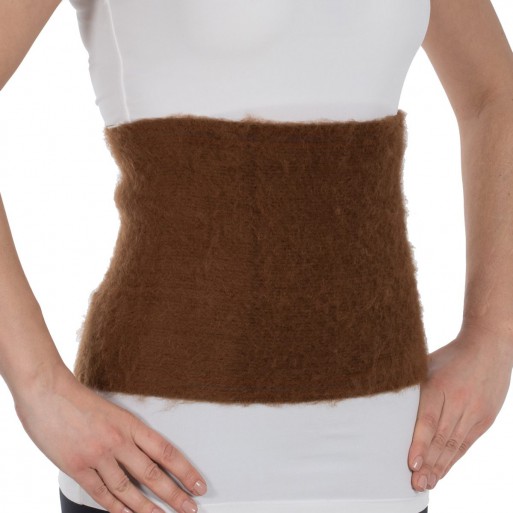Ersa med ortopedi
Orthopedic products
ERSAMED MEDICAL ORTOPEDI is a leader in the production of orthopedic and medical products. The company was founded in 2005, and during this time has been designing and manufacturing products for health, beauty and sports. Constant work to improve the quality of the material and the details used, to improve the cut and fit of products, has allowed the company to develop a line of high quality products. The company offers a wide and balanced range of orthopedic products that are approved by leading medical experts, registered and approved for use. Products have international quality certificates, as well as certificates of conformity.
"ERSAMED MEDICAL ORTOPEDI" is:
• Turkey's largest producer and exporter in its field;
• the largest manufacturing plants in their field;
• products with ISO 9001 certificate and with CE Standard;
• successfully developing client base.

ERSA MED ORTOPEDI company offers an extensive line of orthopedic belts, bandages and corsets of the Support Line brand. These products are used for preventive and therapeutic wearing in the postoperative period, in the pre- and postpartum period, with displacement from the normal position of internal organs, after operations on the abdominal area, with atrophy of abdominal muscles, etc. Orthopedic belts are made of natural or innovative high-tech materials that do not cause allergic reactions, depending on the purpose of the product. Buy a corset for the lumbosacral spine should be at the rehabilitation stage after complex operations and injuries, as well as to reduce pain of varying degrees: from mild to very severe. Experts recommend using them for sciatica, intervertebral hernias, spondylosis, osteochondrosis, myositis and other diseases of the lumbosacral spine.
Belts have different elasticity, different thickness and degree of fixation.
The only contraindication to wearing a medical corset are skin diseases, the period of their exacerbation and frequent relapses. Here you need to consult a dermatologist beforehand, get rid of skin diseases and then start wearing corsets.
Depending on the purpose , there are belts:
- Support Line rigid fixation corsets are orthopedic devices for correction of disorders and effective unloading of various parts of the spinal column. The product structurally consists of a rigid frame, or has rigid inserts or a plate made of neutral plastic, metal, genuine leather or other materials. Almost all models of rigid corsets have special reinforcement bands, which, according to the principle of a tight belt, give an additional strong fixation and are attached with Velcro fasteners, fasteners or comfortable plaques. Such corsets are indispensable for the effective treatment of spinal diseases, allow you to speed up rehabilitation after injuries and operations. In many cases, their use helps to avoid complications. The device of an orthopedic product allows you to fix the desired part of the spine, avoid instability of the vertebrae and relieve the load from the muscles and ligaments.
- Corsets of semi-rigid fixation - A semi-rigid fixation corset belt is usually made of a durable material of increased elasticity such as polyester, neoprene, tightly knitted knitwear. The design of the corset involves stiffening ribs made of plastic and metal. The products have from four to eight stiffeners. The belts are wide enough ( from 26 to 32 centimeters), which expands the area of its impact. It is used for the treatment of the spine (lumbar spine). It has a good stabilizing effect due to its design. Reinforced for due to simulated stiffeners and additional elastic ties. In addition, a semi-rigid lumbosacral corset can be worn by people whose work involves heavy physical exertion and prolonged driving, as well as athletes.
- Radiculitis warming belts. Support Line's warming radiculitis belts are made of natural sheep, camel and rabbit wool. The company offers two modifications of warming belts - a solid belt and Velcro Velcro. In the treatment of sciatica, the supportive and compression effect comes to the fore, since the sciatica belt primarily unloads the back. To ensure compression, latex belts are used in the production of such belts. threads that form the frame of the belt and ensure a good fit of the belt to the body. To make the belt comfortable to wear, cotton is included in its composition. Cotton is softer and more pleasant to the touch than synthetic. In addition, cotton insulates the skin from latex, which often causes allergies. The warming effect of the belt is due to the preservation of its own body heat. This is important for myositis, radicular syndrome, sciatica, kidney diseases and other inflammatory diseases. A warming belt is also used to prevent back pain in people working in a drained room or on the street (shop workers, builders, military personnel, drivers, etc. ). Belts can be worn both on cotton underwear and directly on the body.
- Abdominal postoperative belts. Medical elastic fixation postoperative belt is designed to support abdominal muscles after surgery, hernias, kidney prolapse, and is also recommended for women after childbirth. The Support Line line contains postoperative belts of different widths, a belt with a hole for a calostomy, a belt from an umbilical hernia. The belt can be used both in a hospital, polyclinic, and at home. Abdominal belts are made of compression and non-deformable the fabric, which also has special "breathable strips" that provide an anti-sweat effect. They wear a belt, putting it directly on the body or cotton underwear. Thanks to the velcro closure, the belt can be adjusted independently, taking into account the features of the figure. When worn, the belt causes a slight feeling of tightness in the abdominal area. Attention should be paid to good blood supply to soft tissues. The time of using the belt is from 2 to 24 hours a day, depending on the recommendations of the attending physician.
- Bandage for pregnant women. The Support Line SL-244 bandage is a professional medical device designed for pregnant women. Made of elastic breathable material that prevents sweating. It is used for fixation during pregnancy and after childbirth. Relieves the load from the lumbosacral spine, reduces lower back pain. Protects the tissues of the anterior abdominal wall from excessive stretching. Ensures the correct position of the fetus in the uterus, preventing premature lowering. In the back of the corset there are stiffening ribs and two elastic tension bands that additionally support the pregnant woman's stomach. The stiffeners take on part of the load, relaxing the muscles and ligaments of the spine. Systematic use of the SL-244 bandage when standing or walking significantly reduces pregnancy symptoms and reduces pain in the pelvis, hips and spine. The belt effectively improves the posture of a pregnant woman, reduces the unpleasant feeling of stretching muscles and ligaments. The bandage for pregnant women SL-244 can also be used as a support after childbirth, providing stabilization of the pelvis and perineum.
Our contacts
Contact number
+996 (312) 88 88 99+996 (709) 88 88 99
+996 (559) 88 88 99
Address
Kyrgyzstan, Bishkek, Velikolukskaya str., No. 20camerababy@mail.ru
Write to us in the social network. networks

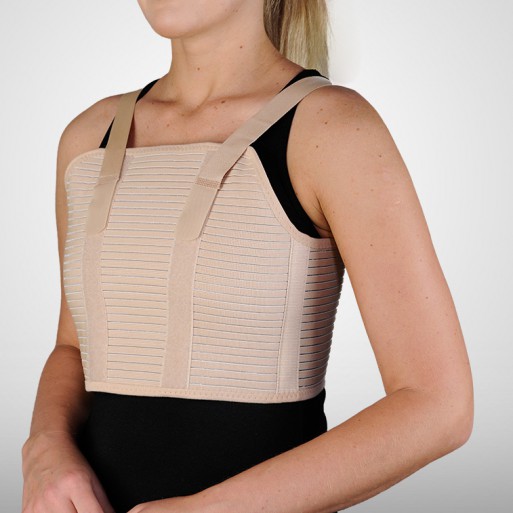
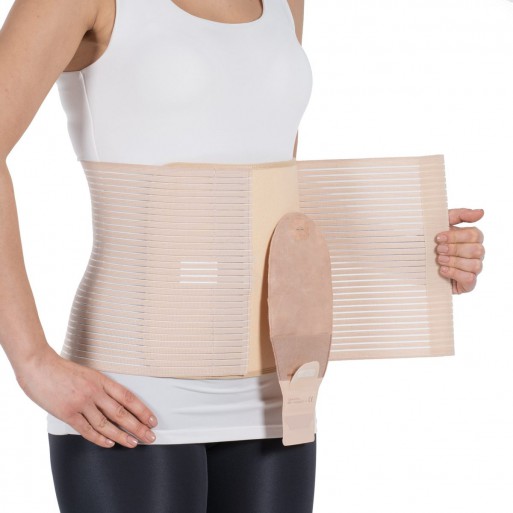
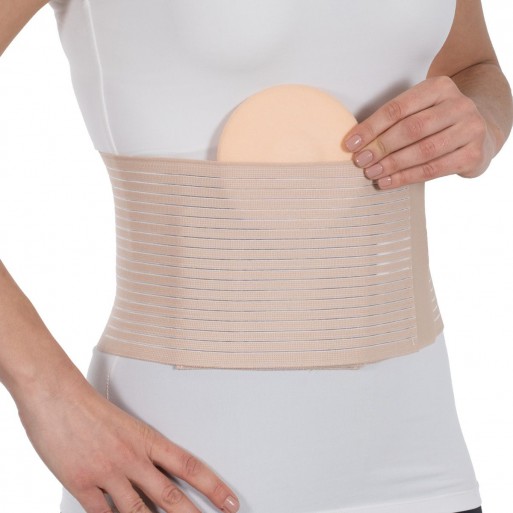
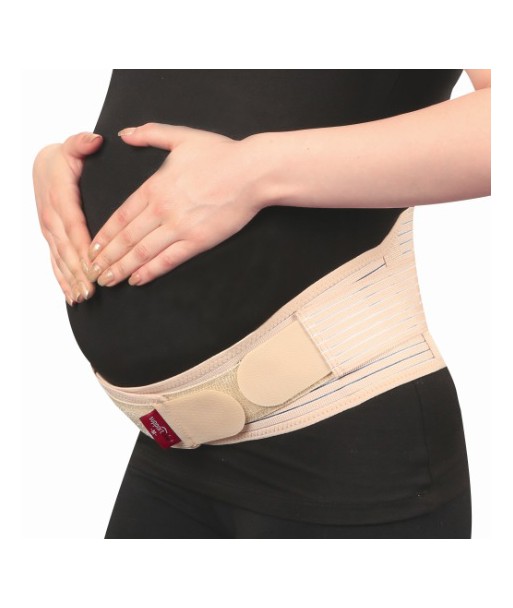
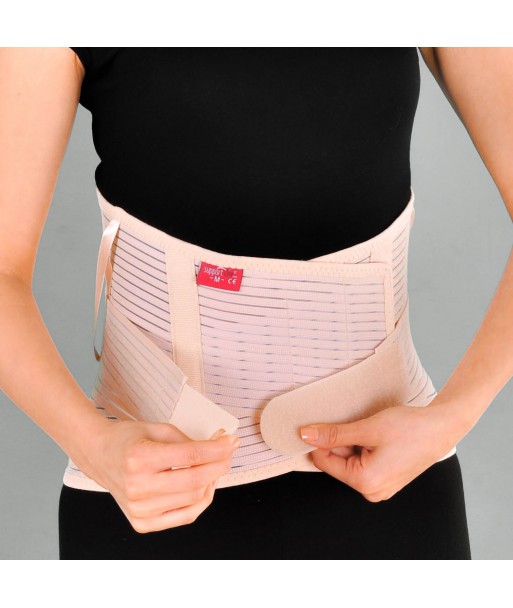
-1.png)
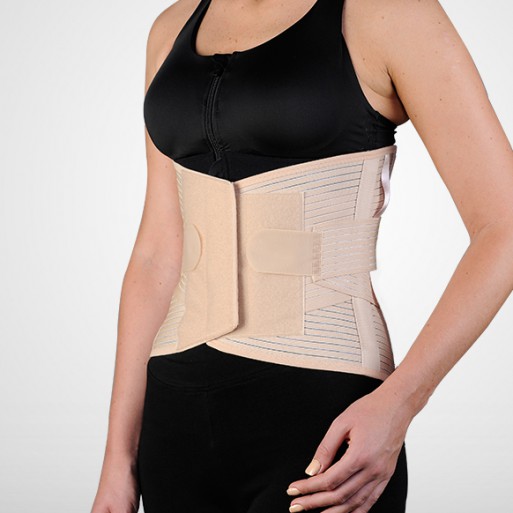
-1.png)
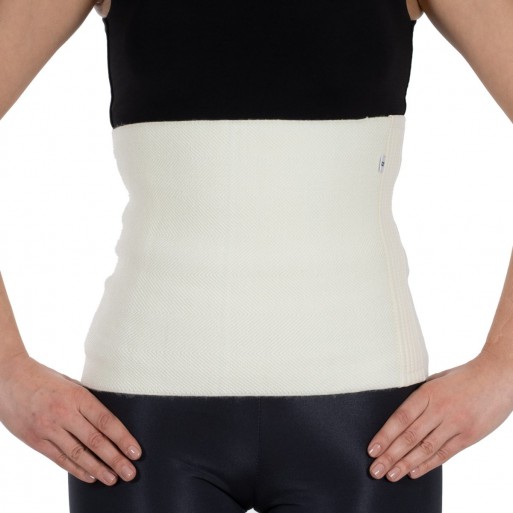
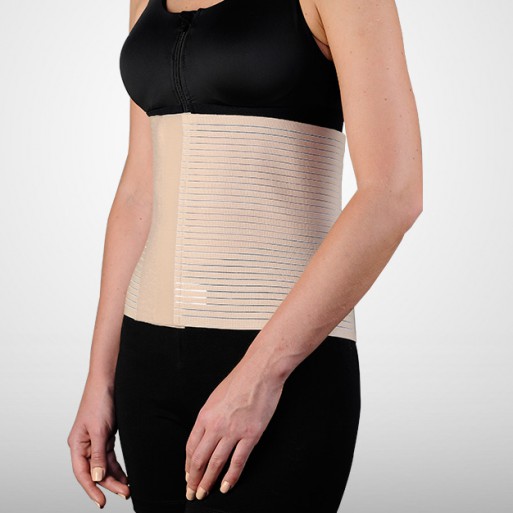
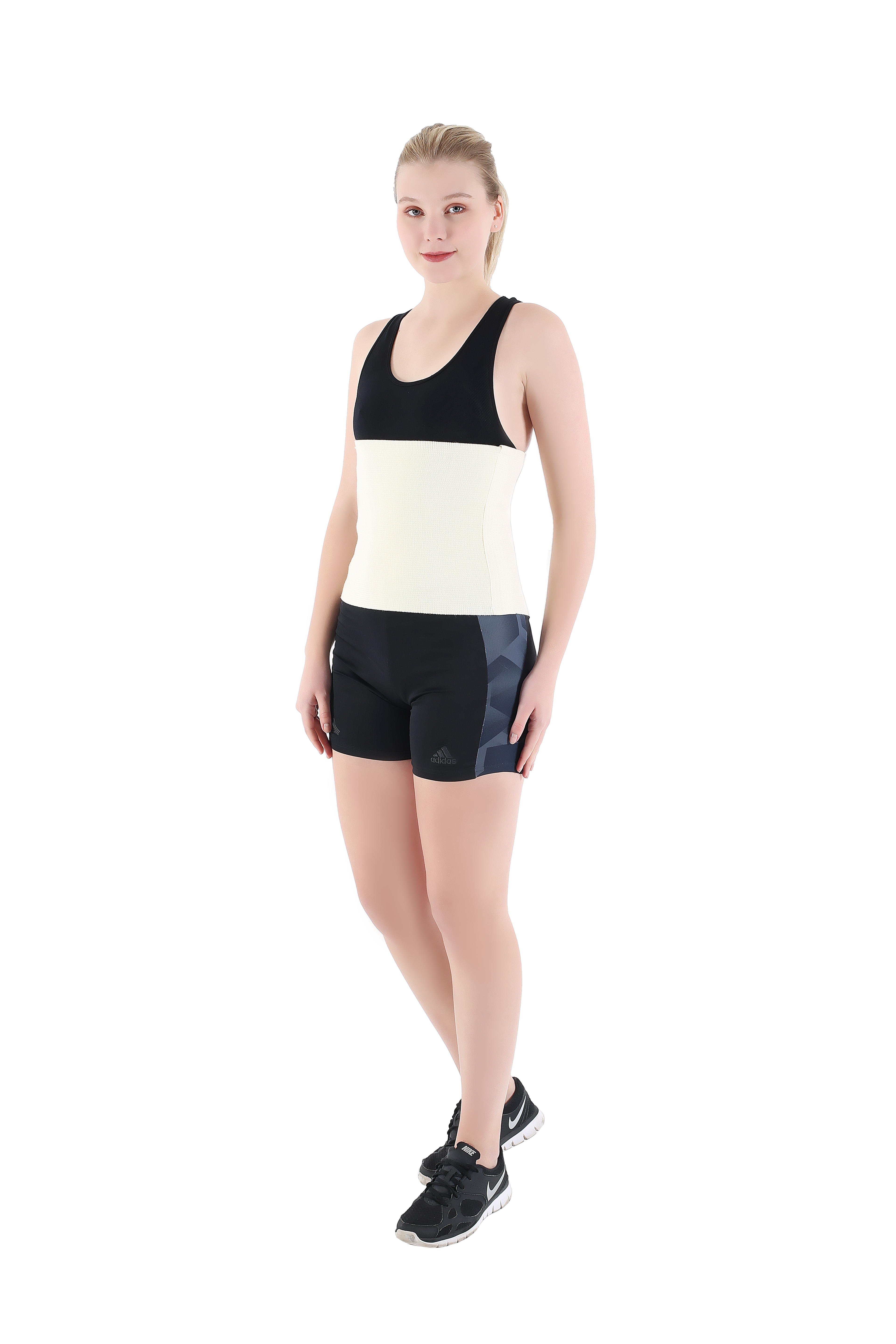
.png)
.png)
.png)
